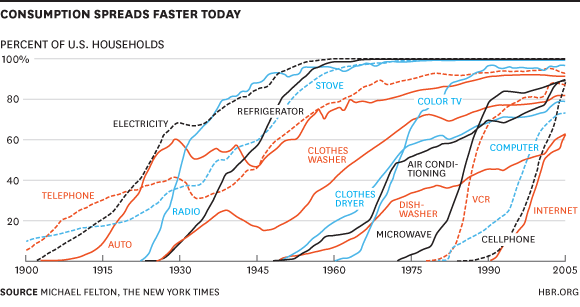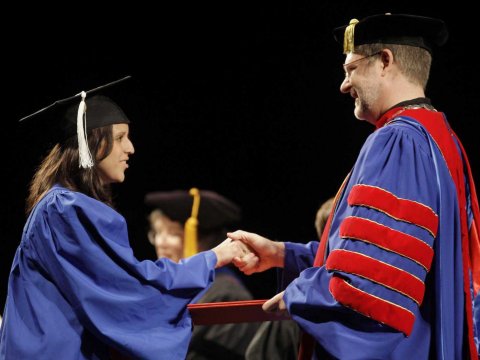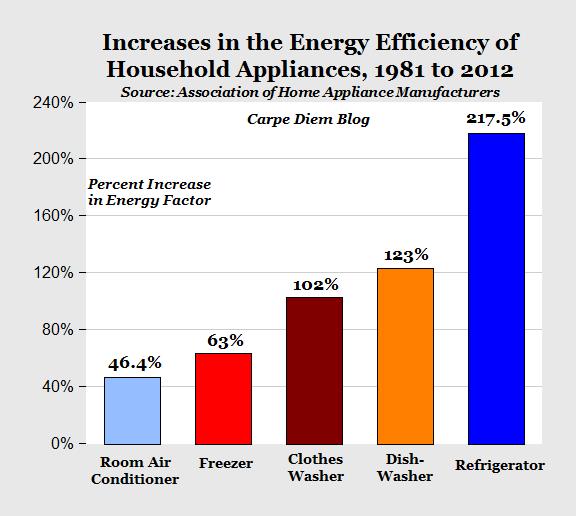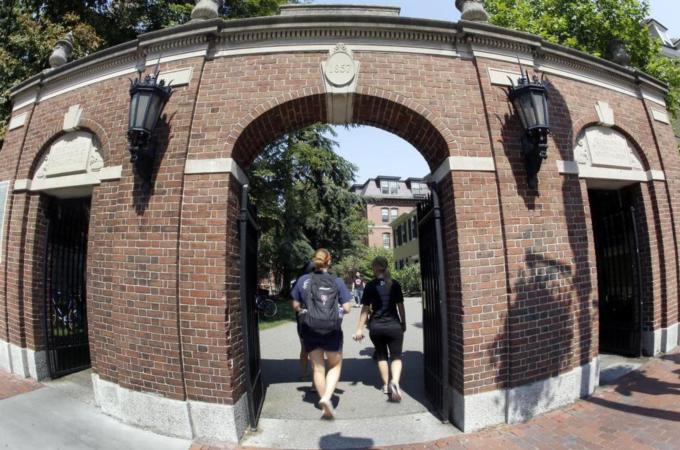Remember that story about the family that left a nasty note about being gay instead of a tip? Yeah, apparently it didn’t happen. It’s too early to tell what the real story is conclusively, but I won’t be surprised either way. Bigotry happens. So do exploitative hoaxes.
Society
Oldest Buddhist Shrine Uncovered in Nepal
Archaeologists have excavated a Buddhist shrine in Nepal dating back to about 550 B.C. This discovery would push the birth of the Buddha back over a century earlier than scholars currently accept.
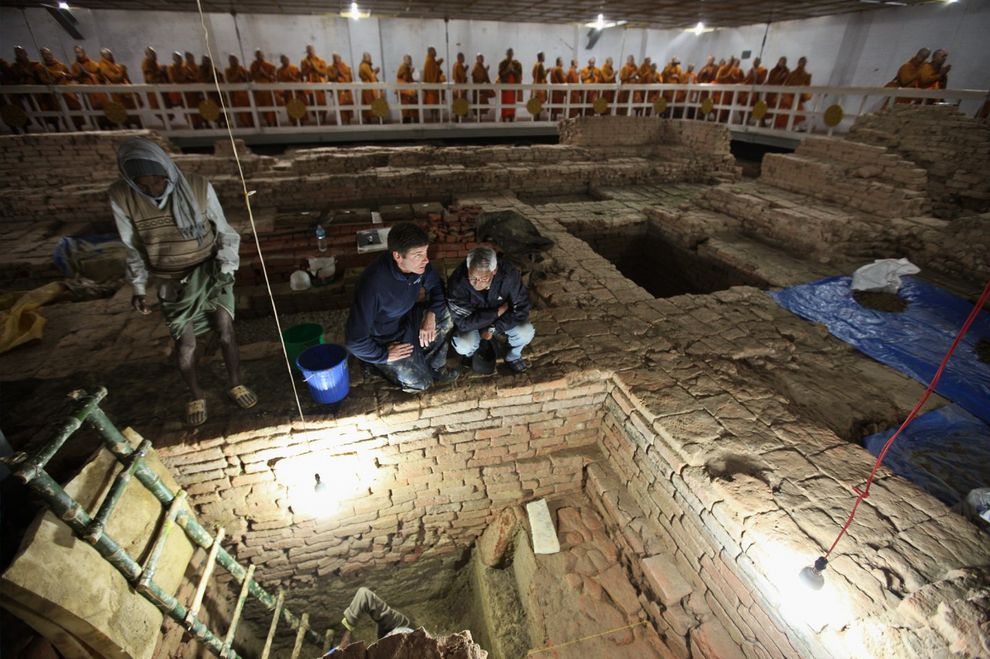
National Geographic has the details.
The Pace of Technology Adoption
Columbia business professor Rita McGrath has a brief blog post at Harvard Business Review demonstrating that technological innovations are being adopted more quickly than in the past. For example, “it took decades for the telephone to reach 50% of households, beginning before 1900. It took five years or less for cellphones to accomplish the same penetration in 1990.”
Furthermore, “it took 30 years for electricity and 25 years for telephones to reach 10% adoption but less than five years for tablet devices to achieve the 10% rate.”
McGrath concludes, “It’s clear that in many arenas things are indeed speeding up, with more players and fewer barriers to entry.” Just one more reason I’m optimistic about the future of living standards.
Dishonesty and Government Job Selection
“College students in India who cheated during an experiment were more likely to want to get a government job after graduating,” writes Business Insider. “Additionally, cheating in the experiment was predictive of actual corruption from government workers, showing that this sort of dishonesty could be linked to later corruption…”
The new NBER study could shed light on the source of government corruption: self-selection. Check it out.
Cheaper, Better, and More Efficient
That’s how economist Mark J. Perry–drawing on the Association of Home Appliance Manufacturers–describes today’s home appliances. The following chart goes nicely with my last post about the “magic washing machine“:
Today’s modern household appliances are not only cheaper than ever before, they are the most energy-efficient appliances in history, resulting in additional savings for consumers through lower operating costs. The average dishwasher today is not only more than twice as energy-efficient as a comparable 1981 model, but its real cost today is only about 50% of the price of the 1981 dishwasher, measured in hours worked at the average hourly wage. Put those two factors together, and the average American’s dishwasher today is about six times superior to the dishwasher of thirty years ago…Put it all together and American consumers have never been better off when it comes to the standard home appliances that we all own and take for granted.
We could all practice a little gratitude and have some perspective.
I Cried Over A Washing Machine
Economist Steve Horwitz has a great post at Bleeding-Heart Libertarians on statistician Hans Rosling’s (if you haven’t seen his site Gapminder, you should) TED talk “The Magic Washing Machine.” Horwitz says, “A number of my male libertarian economist friends have, independently, told me that there is a video that brings them to tears when they watch it, and especially when they show it to student groups. I have had that reaction to the video as well…Yes, those heartless libertarian male economists report getting choked up and teary-eyed when they show this video to students.” These “9 minutes, and especially the last 90 seconds or so,” had me in tears as well.
I cried over a washing machine.
Why is this? Horwitz captures it beautifully:
What gets me about that video is the way Rosling captures an abstract intellectual argument about the power of markets and industrialization to improve people’s lives. He uses a very concrete, emotionally rich example that combines our wanting to root for an underdog with a clear example of how markets have liberated both immigrants and women to live more flourishing lives. We talk a lot about GDP per capita and human capital accumulation and women’s labor force participation rates. But it is the idea that industrialization and capitalism made it possible for women to be freed from drudgery and to have the time to read and learn a new language and everything else that has characterized the dramatic improvement in women’s lives in the last century or more that really matters. Critics of markets sometimes say “you can’t eat GDP.” What they miss is that you can’t eat, or learn to read, or go to school, or leave a bad marriage, or do pretty much any of the basics that we might see as required for a flourishing life without the wealth and time created by the market economy.
New Brookings Paper on “Downward Mobility”
A new paper by Richard Reeves and Kimberly Howard at the Brookings Institution investigates the possibility of a “glass floor” when it comes to those born into affluent families. The main findings were as follows:
1. Skills, as measured in adolescence by the Armed Forces Qualifying Test (AFQT) and coding speed, strongly predict the chances of being in a higher-income household as an adult.
2. A sizable proportion (43%) of those who remain in a higher-income household are of modest skill, and would be expected on the basis of skill to fall.
3. Getting a college degree is associated with a 23% greater chance of an adolescent of modest skills—i.e., predicted to fall—remaining in a higher-income household as an adult.
4. Lower-income adolescents with the smarts and drive to get into the higher-income bracket have a 42% greater chance of making it if they have a college degree.
Brookings also provides some helpful interactive graphs regarding mobility between quintiles, the use of cognitive and non-cognitive skills, and the importance of a college degree (check out Nathaniel’s post about college tuition).
One thing that stood out to me was that 60% of those born into the bottom quintile move into a higher one by the time they are adults (with virtually the same percentage of those born at the top moving down).
Definitely worth checking out.
China to Ease One-Child Policy
It was announced that China will relax its one-child policy in an effort to improve human rights. “The policy will be slightly relaxed,” CNN reports, “so that couples will be allowed to have two children if one of the parents was an only child…Currently, both parents must be sole children to be eligible for a second child. The one-child policy, though applauded by many for slowing down China’s population growth, has been widely criticized for resulting in forced abortions and hefty fines that are sometimes used to enforce it.”
Not exactly a giant leap forward, but a definitely a step. What is ironic is that groups that are often considered feminist due to their pro-choice position (e.g. Planned Parenthood) applauded these coercive policies; policies that led to sex-selective abortions, resulting in the termination of millions of unborn girls. As The Wall Street Journal reported a couple years ago,
In nature, 105 boys are born for every 100 girls. This ratio is biologically ironclad. Between 104 and 106 is the normal range, and that’s as far as the natural window goes. Any other number is the result of unnatural events.
Yet today in India there are 112 boys born for every 100 girls. In China, the number is 121—though plenty of Chinese towns are over the 150 mark. China’s and India’s populations are mammoth enough that their outlying sex ratios have skewed the global average to a biologically impossible 107.
…What is causing the skewed ratio: abortion. If the male number in the sex ratio is above 106, it means that couples are having abortions when they find out the mother is carrying a girl…[T]here have been so many sex-selective abortions in the past three decades that 163 million girls, who by biological averages should have been born, are missing from the world. Moral horror aside, this is likely to be of very large consequence.
The Immorality of College Tuition
For a conservative, I spend an awful lot of time thinking about bleeding heart issues. One that has been bugging me for a long time is the idea of class. I’m having a hard time putting this into words, but it goes something like this: the real advantage to going to Harvard (or similar) is not the increased education. That’s a minor advantage, if any, over a good state school. No, the real advantage is the unwarranted deference people give you because you attended an “elite” school. I don’t like it because it smacks of anti-meritocratic privilege.
But it was just a sort of un-formed hunch until I read this article explaining the extent to which college admission is driven pretty much exclusively by money. If you have money: you get admitted into the elite club. If you don’t: too bad.
The basic gist of the article is that a combination of exorbitantly high tuition and reliance on absurdly expensive preparation (e.g. private school and SAT tutors) conspire to make elite institutions only available to the ultra-rich. And the facts bear out the theory:
Only 3.8 percent of American families make more than $200,000 per year. But at Harvard University, 45.6 percent of incoming freshman come from families making $200,000 or more. A mere 4 percent of Harvard students come from a family in the bottom quintile of US incomes, and only 17.8 percent come from the bottom three quintiles.
The conclusion?
A higher education system that once promoted social mobility now serves to solidify class barriers. Desperate parents compromise their principles in order to spare their children rejection. But it is the system itself that must be rejected. True merit cannot be bought – and admission should not be either.
This isn’t a complete explanation of everything I find wrong with class in America, but it’s an important glimpse. I feel like we’re losing sight of the things that made this country great in the past, and meritocracy and social mobility are two big ones.
Leading Health Care Innovation
With the debates over Obamacare raging, the editors of Harvard Business Review and the New England Journal of Medicine have collaborated to produce an online forum entitled “Leading Health Care Innovation.” As the “Editors’ Welcome” post explains,
It is a forum for the debate and a place where members of the health care sector can share the results of their efforts to innovate. The insight center is pilot endeavor designed to test the waters for a permanent publication, and we welcome your feedback.
The insight center will run from Sept. 17 until Nov. 15. Its contents will span three broad areas:
-
The “Big Ideas” section will feature articles about the foundational principles in the formulation of a high-value health care system.
-
The “Managing Innovations” section will focus on the organization and delivery of health care and how to orchestrate change.
-
The “From the Front Lines” section will offer accounts of solutions to specific problems that practitioners have implemented in their organizations.
Definitely worth checking out.

